Published
Many me-s
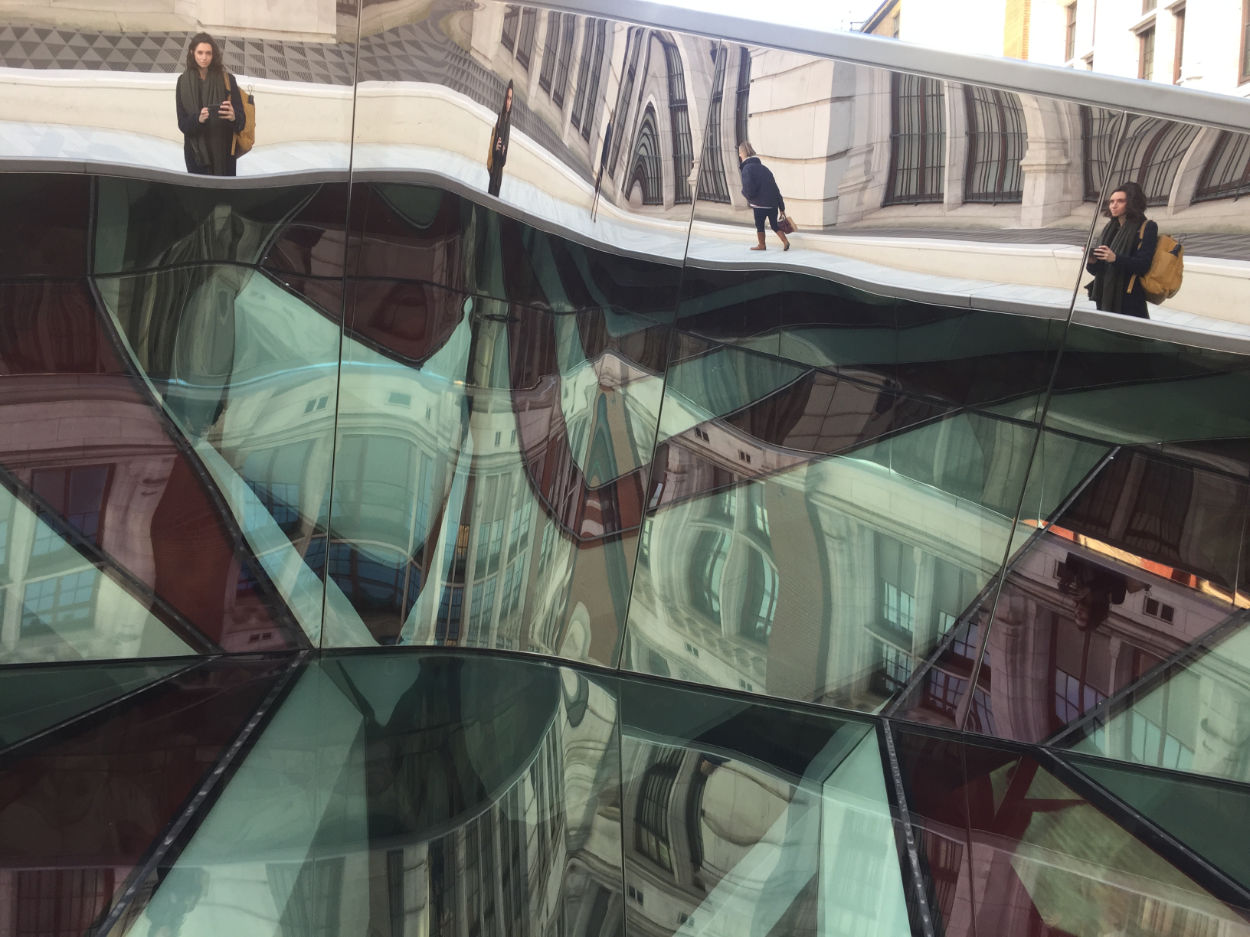
Four years ago today, in the V&A’s porcelain courtyard expansion not long after it opened. Was getting ready for an evening rehearsal outside, very chilly.
My own personal Instagram. Follow via RSS.
Published

Four years ago today, in the V&A’s porcelain courtyard expansion not long after it opened. Was getting ready for an evening rehearsal outside, very chilly.
Published

Diaper changing in the middle of the night.
Published
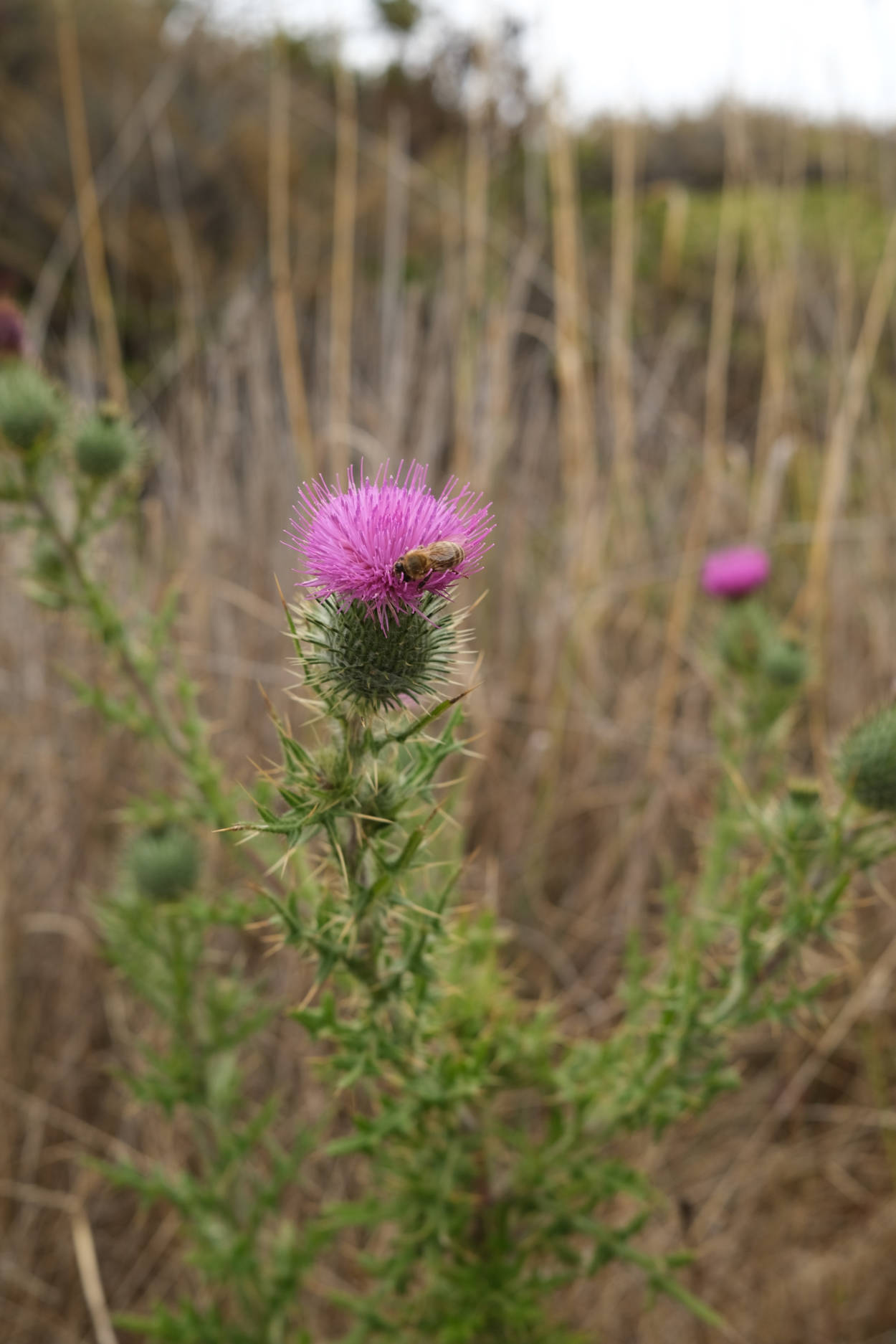
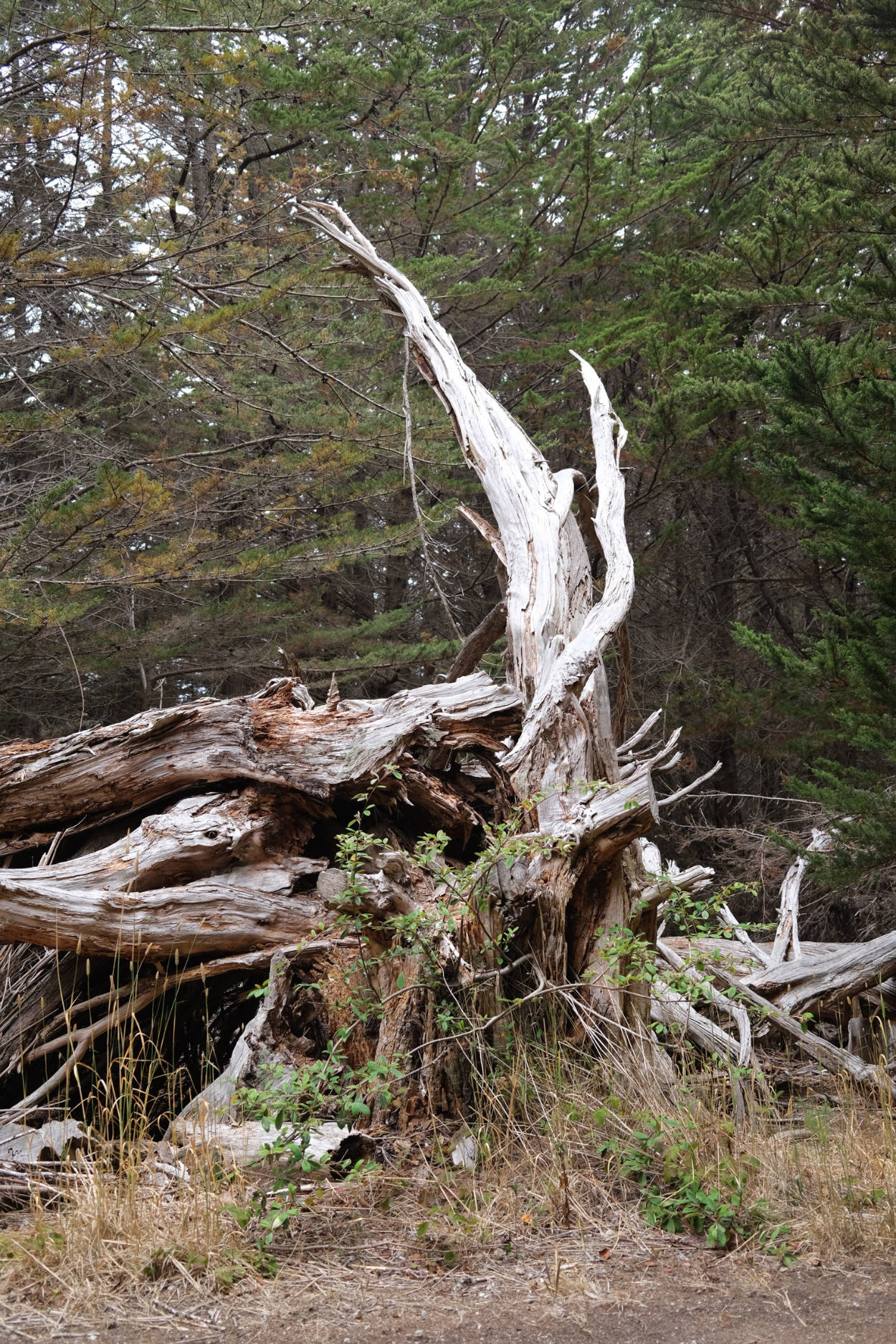
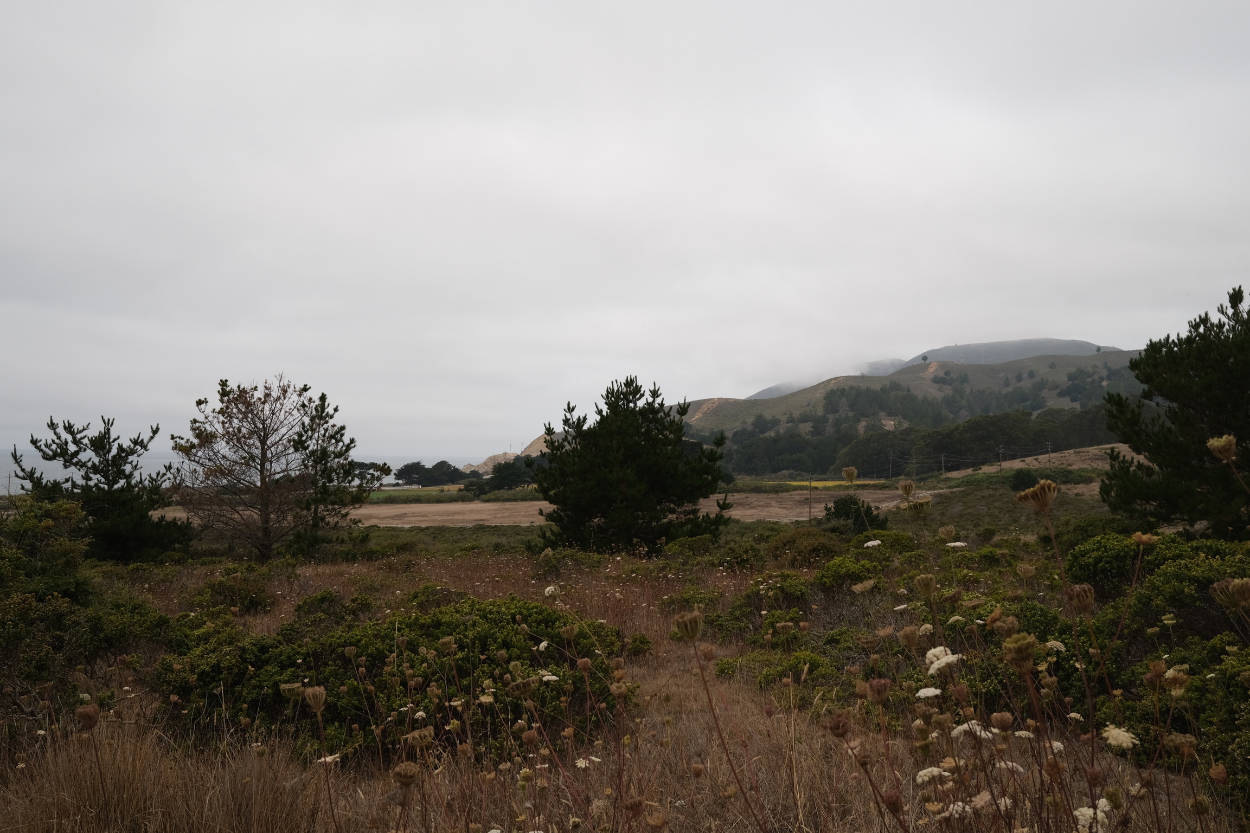
We took B on his first walk on August 20th, in the hills above Montara beach. It was his first time in the carrier, we thought he’d resist but he loved it. The hills are a lot drier than the last time we walked through here, but there were thistles and nasturtiums out. We saw a coyote on our way back down.
We took him to see the sea too. Thought about dipping his toes in the water, but the beach was too steep and the waves too high. Another time.
Published
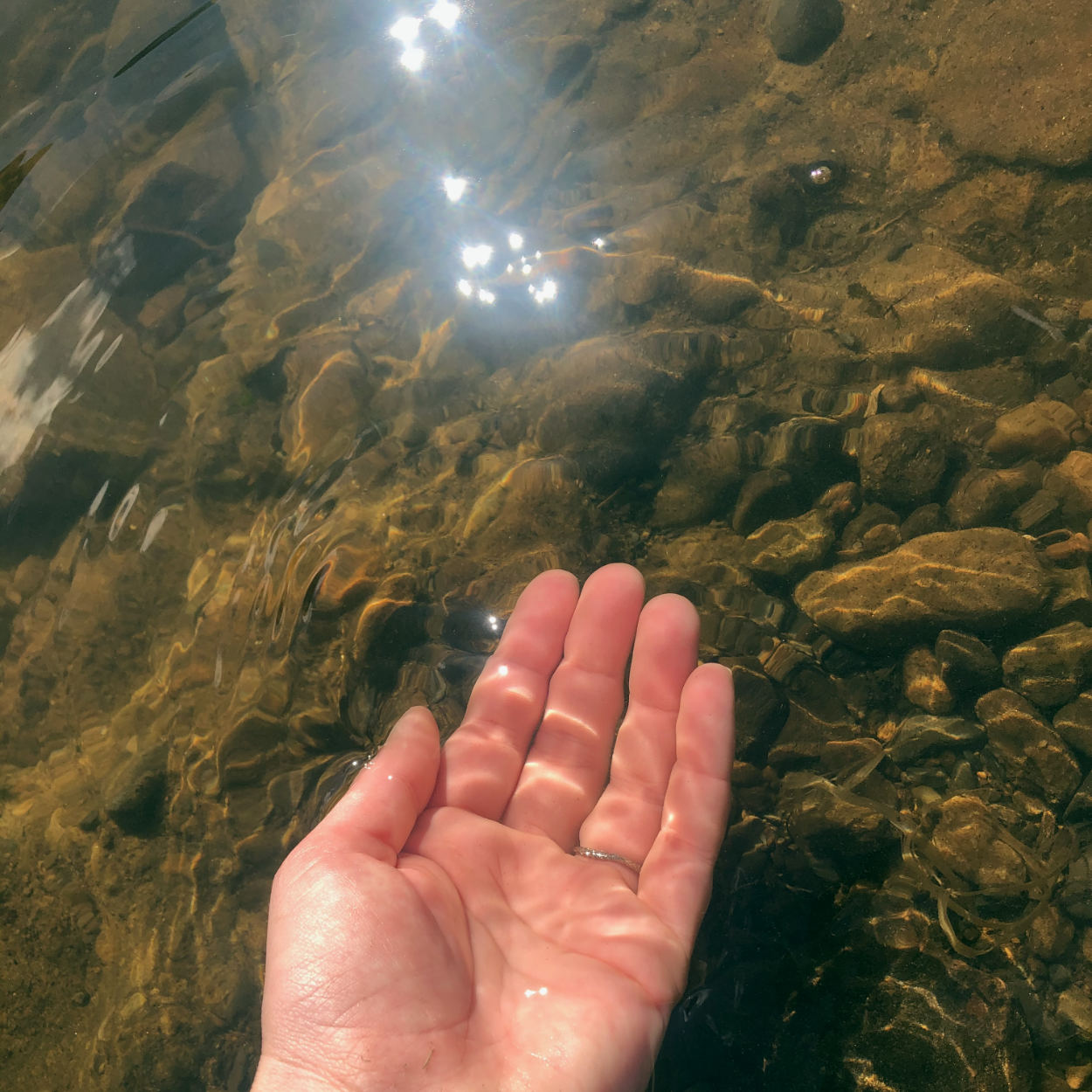
Cupping the water in Spicey Gill coming down from Ilkley Moor. Photo taken a year ago today.
“You are not your emotions.” Well you are, but you are not only your emotions. And you can choose not to be controlled by your emotions.
Life is made up of micro and macro decisions, and their consequences.
I chose to move back to the US, and now I am grappling with the reality of that decision, amongst other things. It has made life easier in some respects, and harder in others. Do I regret it? No. Will we be here forever? Magic eight ball says 🎱 “Concentrate and ask again”.
Published
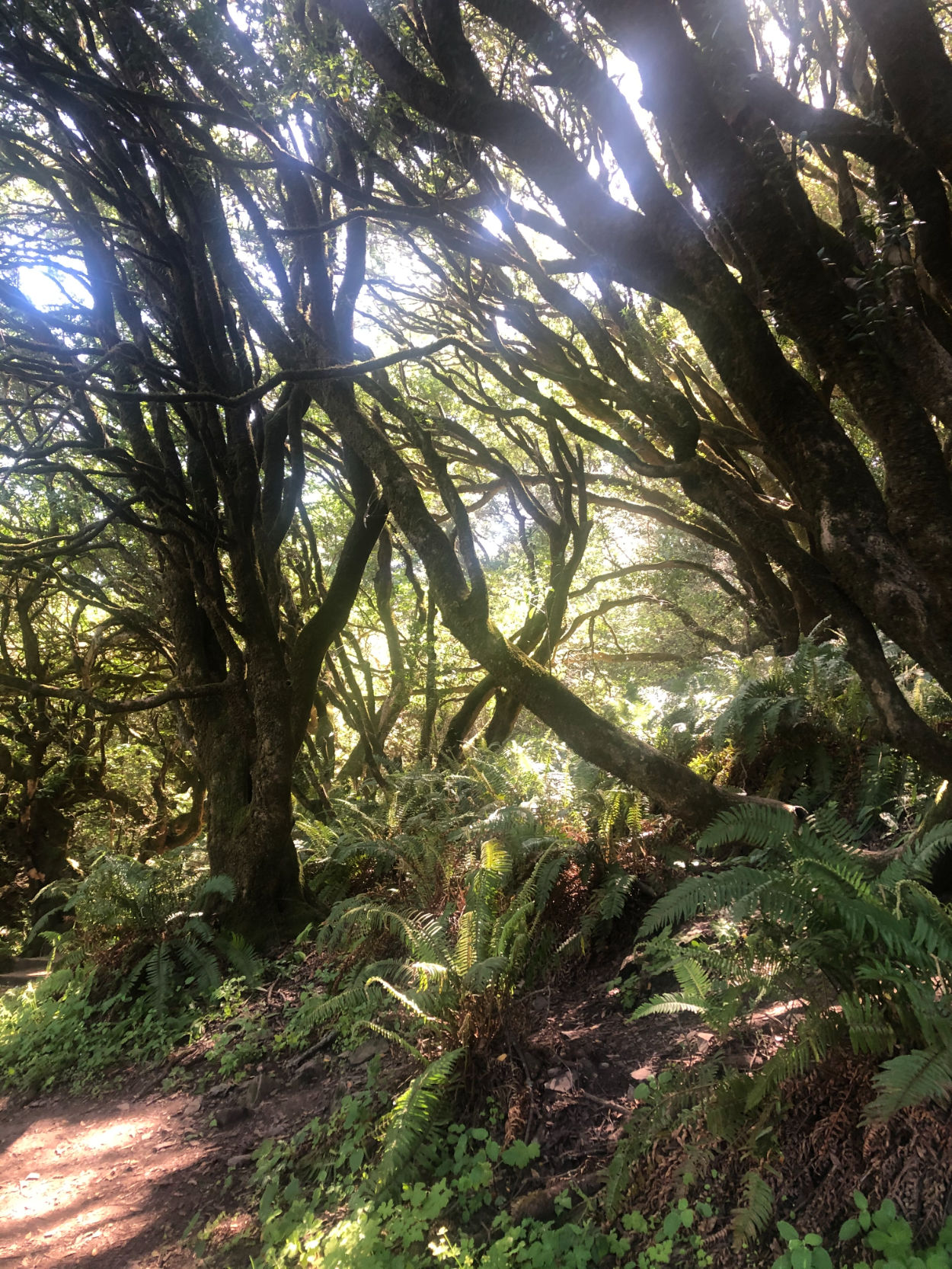
Note: I’ve included points about edibility because I’m interested in foraging generally, but foraging is not allowed the area I describe.
We went to Stinson Beach again recently, have got in to a good routine of leaving early enough to just barely beat the crowds and get a decent parking spot, but not so early that it’s a slog to get out of the apartment.
This time, we walked up Dipsea Trail to a lookout point with a large, lone eucalyptus tree with a tree swing. It was a little over two miles round trip with about a 500ft elevation change, nearly all uphill out and all downhill back. The first section follows a little stream from Panoramic Highway through a grove of California Bay Laurel trees which bent over the path. It was quite damp and cool even though it was getting pretty warm elsewhere, smelled amazing.
A note about California Bay Laurel: The leaves are edible, but they tend to be much stronger than the stuff you buy in shops. Proceed with caution if using for stock or something similar.
The rest of the way was more open, with terrain that reminded us a little of the moors in Yorkshire. A lot sunnier though!
Flowers we saw (native plants are linked to the Calscape website for further info):
And a few more I just have not been able to identify…
Published
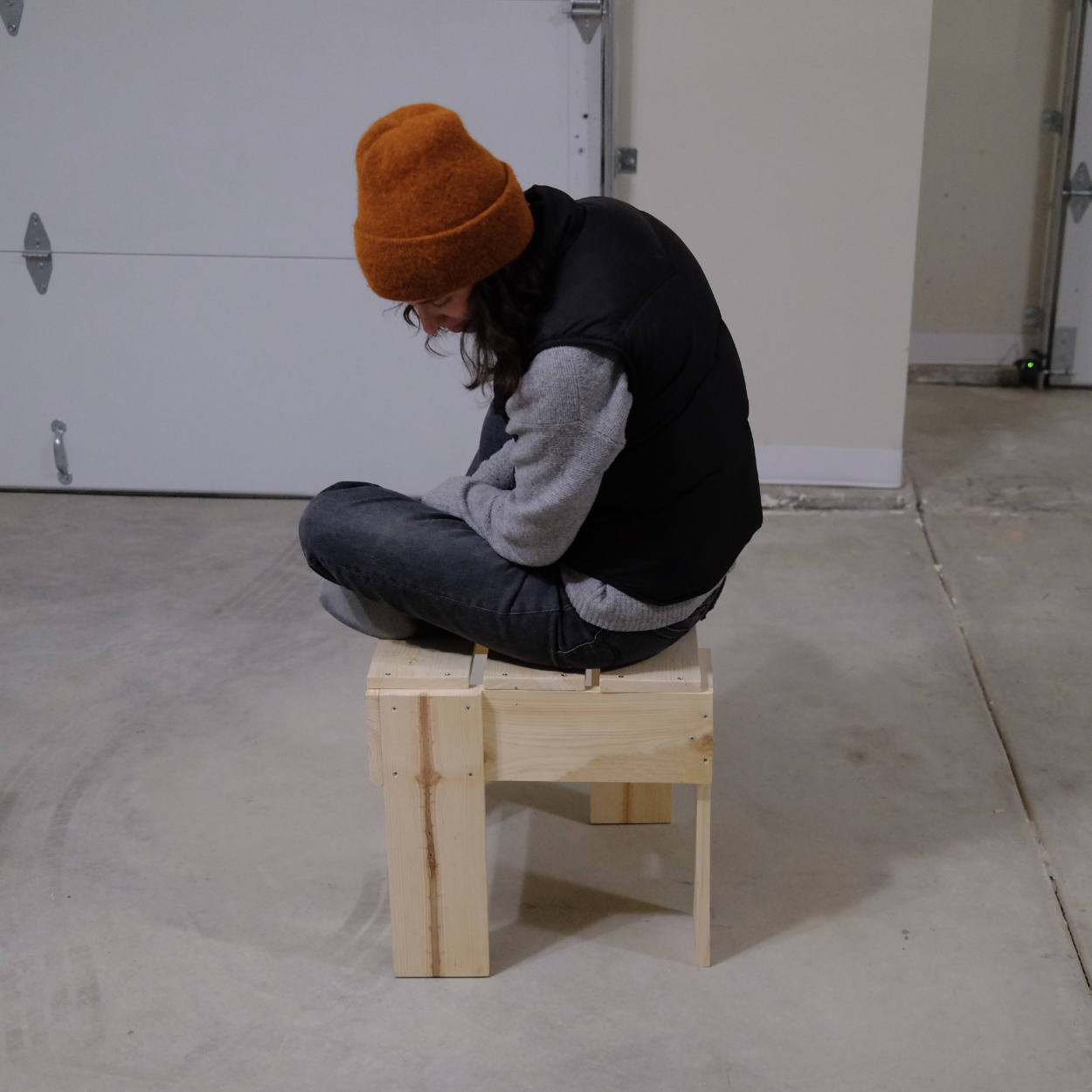
In late February, we made a stool based on Gerrit Rietveld’s kratkrukje or “crate stool” designed in the mid 1930s. Skip to the instructions, or skip to the cut list and plans.
We’d been looking for something that could act as stool-cum-sidetable for a little while. Haven’t had any luck with secondhand or antique shops, everything we found was too ornate, large, cushion-y, or expensive. And while we’re fine with the idea of buying something from Ikea or a similar store, nothing we found felt quite right. Also, the thought of wandering through Ikea at the moment made us a bit anxious.
So having had success with Enzo Mari’s Autoprogettazione in the past and buoyed by Hannah’s Rietveld crate chair success last summer, we decided to go down the DIY route. Rietveld’s crate stools have been on Sam’s mind since he saw them in the Radical Nature exhibition designed by Sara De Bondt at the Barbican back in 2009. Those stools were created by Simon Jones of Jones Neville by reusing and cutting down old exhibition panels.
There are a bunch of Rietveld crate furniture photos and designs knocking around the world wide web, but very little relating to this specific stool as far as I can tell. I have a feeling that it wasn’t included in the bilingual book How To Construct Rietveld Furniture, but can’t be sure since I don’t own it.
At any rate, there are a few photos online including this photo from Bibliotheek Rotterdam, this blog post, and a photo of the stools in situ at the Radical Nature exhibition.
According to Bibliotheek Rotterdam:
This stool is known to exist in several sizes. Metz & Co. also sold a table similar to this design. According to Gerrit Rietveld’s son, Jan Rietveld, both the Rietveld and Schröder families were involved at one time or another in producing and selling Crate Furniture.
Since we couldn’t find plans for the stool, we made our own based on the photos mentioned above. We didn’t have scraps to reuse as Jones so elegantly did, so we ended up buying three 1″ × 6″ × 6′ whitewood boards and basing our plans on the most economical use of that lumber.
It’s definitely a bit more expensive than a KYRRE stool from Ikea, the materials were a little over $30 in total and of course there’s the labor. We did this in a few hours over the course of a few days, but it probably took us longer than it would normally because we were working out the process and tweaking our initial plans as we went. All-in-all it was worth it. It’s a satisfying little lump of furniture.
Here are the steps to make one for yourself.
Published

© All rights reserved
Published
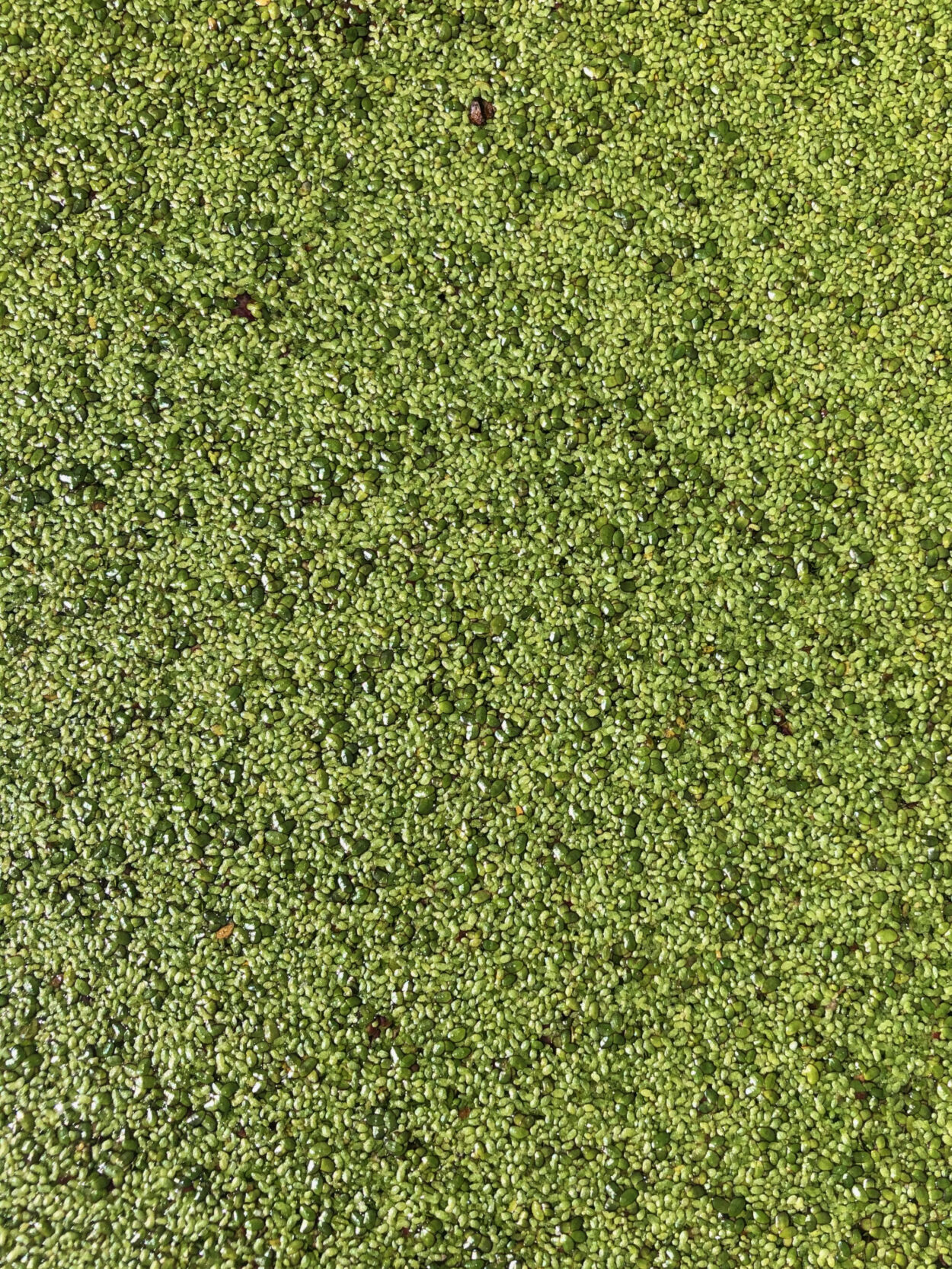
Published
Published
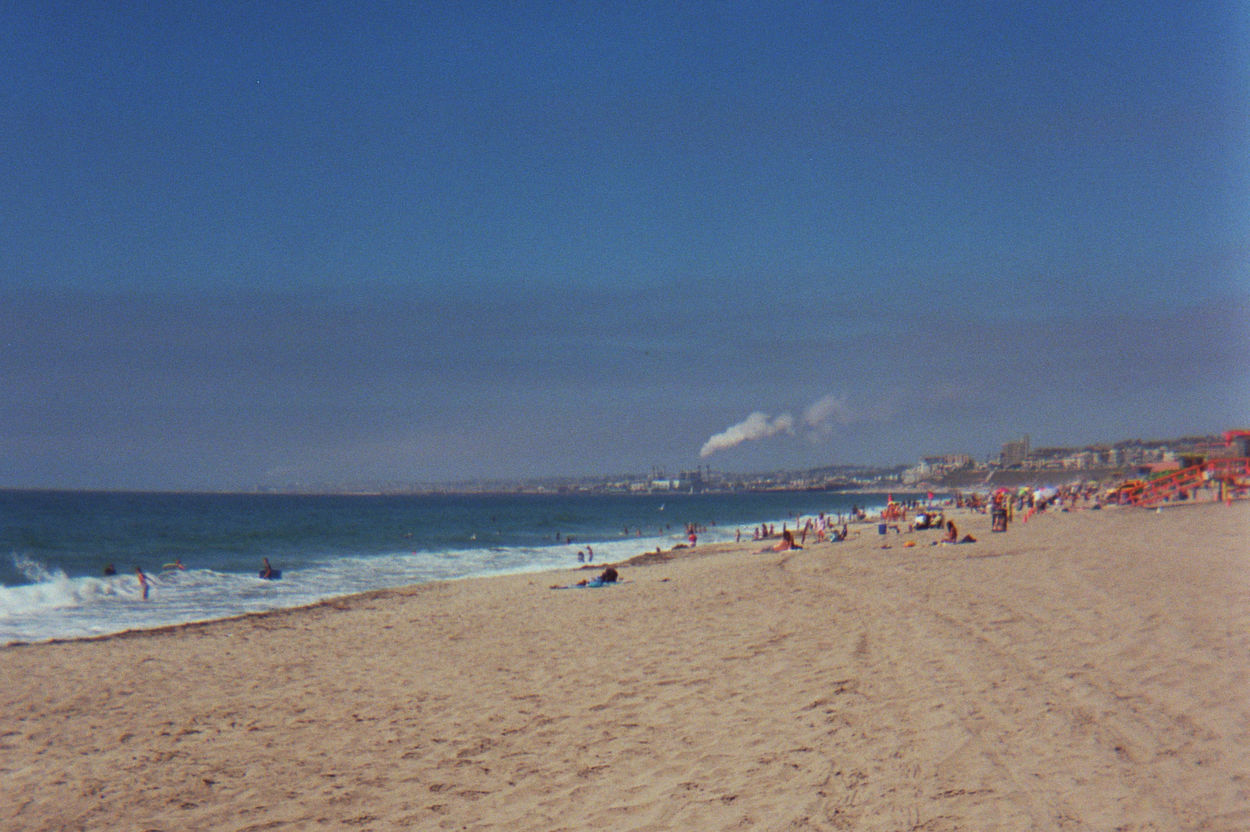
Rat Beach in 2010
I came across the article below recently and was pretty floored.
I grew up in Torrance till I was 5 and Palos Verdes until I was 13. I played in the ocean at Rat Beach all the time, caught tadpoles in the storm drain just next to PVBAC, went tidepooling in Abalone Cove. I had no idea about the Superfund site, this is the very first time I’ve heard of it. How on earth is that?
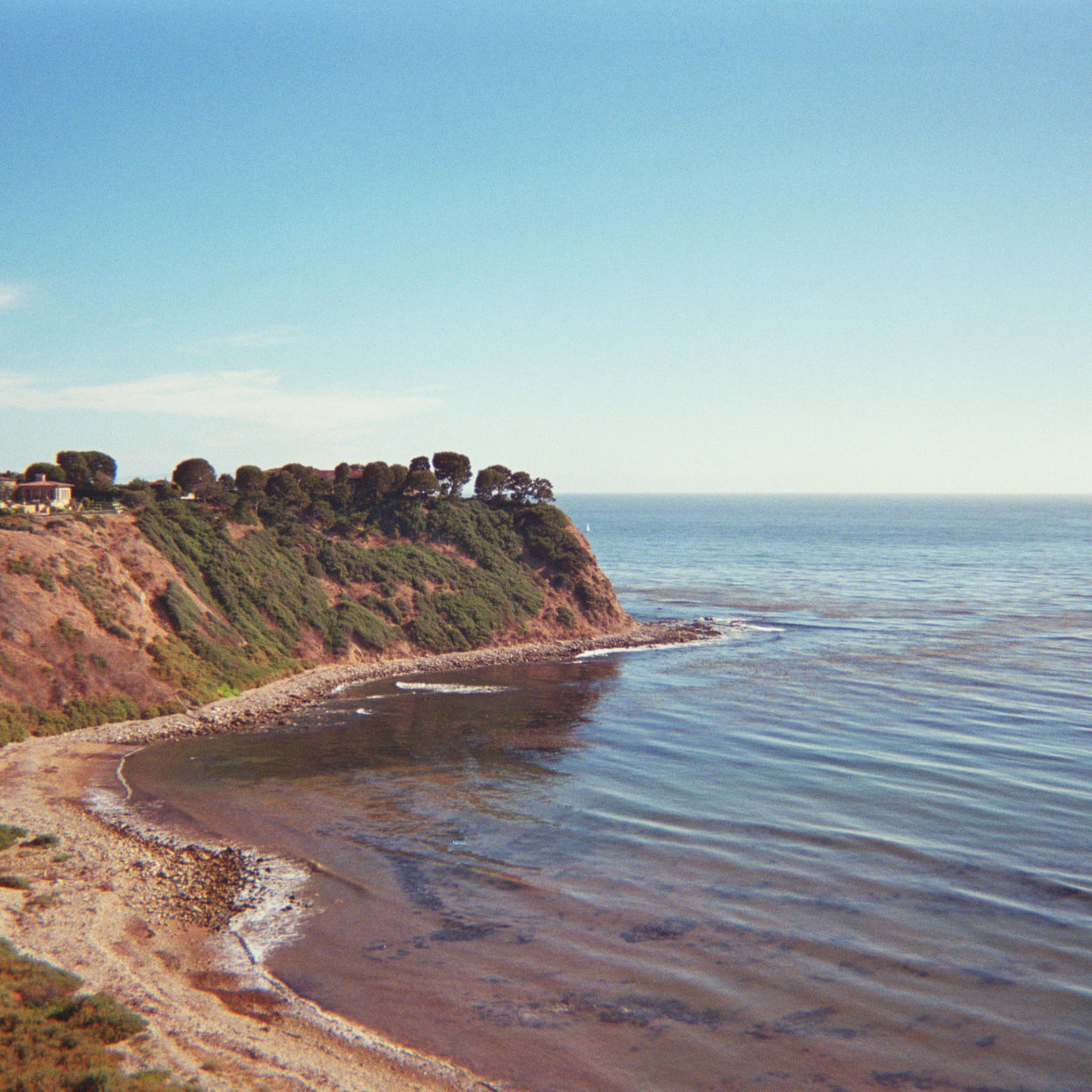
Lunada bay in 2010
It looks like the Superfund site starts just south of Lunada Bay and gets worse as you pass Portuguese Bend down towards San Pedro (see map).
And now they’ve verified punctured DDT waste barrels that have been sitting on the sea floor just off Catalina, possibly since the 1980s. This could be three to four decades of leakage from up to half a million barrels.
They leaned in to examine an icicle-like anomaly growing off one of the barrels — a “toxicle,” they called it — and wondered about the gas that bubbled out when the robot snapped one off. To have gas supersaturated in and around these barrels so deep underwater, where the pressure was 90 times greater than above ground, was unsettling. They couldn’t help but feel like they were poking at a giant Coke can ready to explode.
Sea lions up and down the coast have been dying from it for decades, and still are. We eat a lot of seafood from these waters.
How can this possibly be cleaned up, and who on earth is going to pay for it? Certainly not the Montrose Chemical Corp. of California, they’ve been gone for years.
It’s just so exhausting. It feels like so many people’s jobs right this moment are simply running around slapping Bandaids left right and center, scrambling to fix what have become systemic problems caused by the poor decision making of people in the past. Lack of foresight, deliberately turning a blind eye, “we’ll deal with it later”, “it can’t possibly be that bad”. The environment, tech, policing, advertising.
So much firefighting.